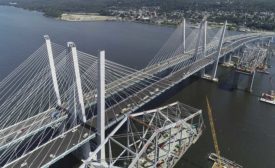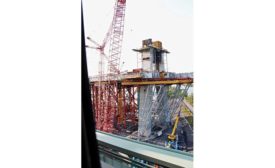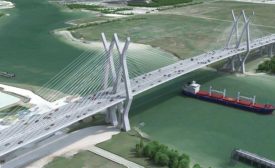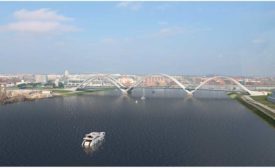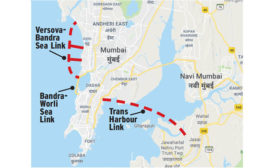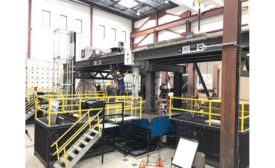Home » Bridge Construction
Articles Tagged with ''Bridge Construction''
The Thruway Authority responds to a New York Times story about the second span debut
Read More
Designing a D.C. Gateway
Frederick Douglass Memorial Bridge replacement is a product of focused aesthetic goals
Read More
The latest news and information
#1 Source for Construction News, Data, Rankings, Analysis, and Commentary
JOIN ENR UNLIMITEDCopyright ©2025. All Rights Reserved BNP Media.
Design, CMS, Hosting & Web Development :: ePublishing
